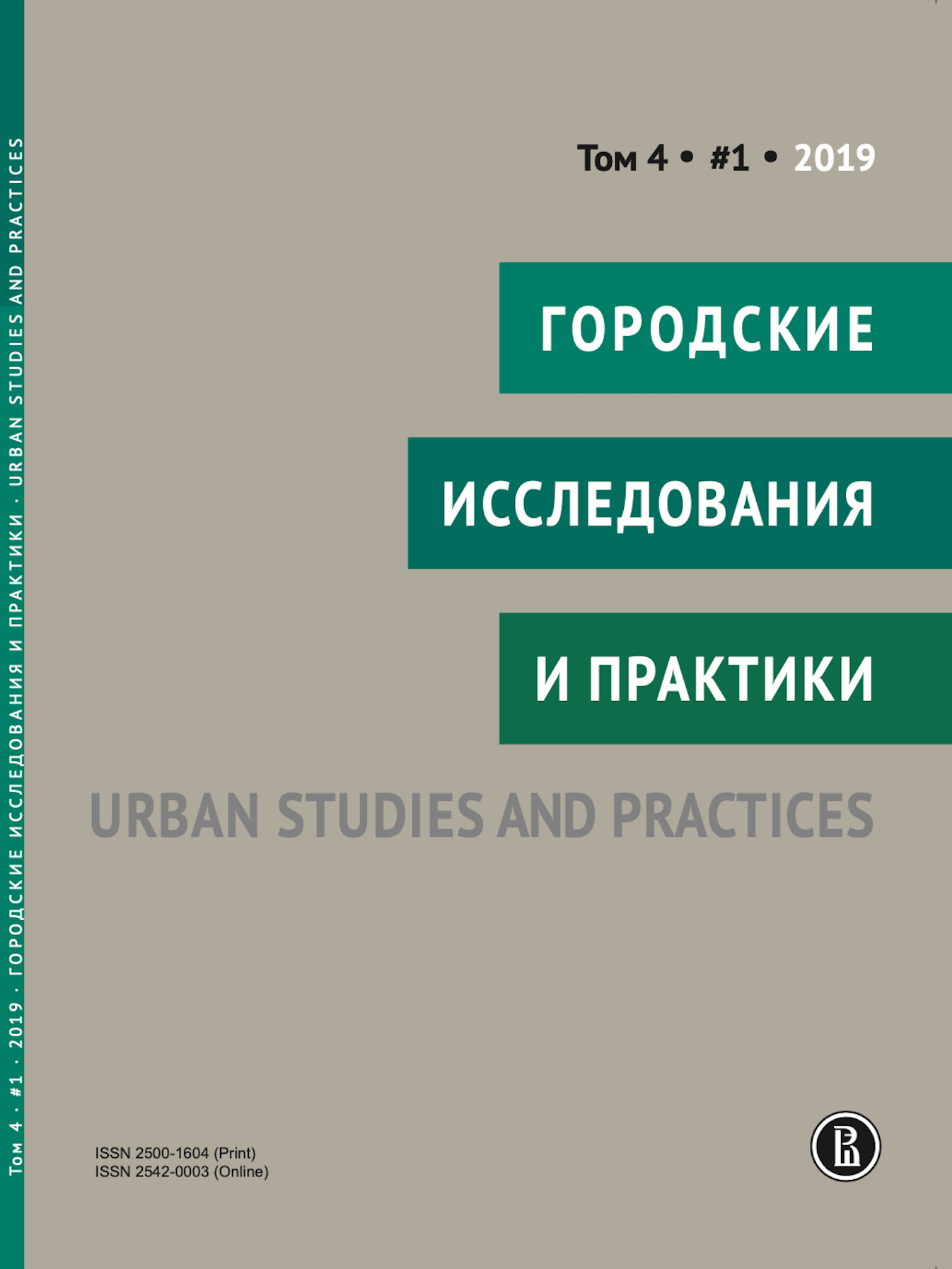Под знаком дезурбанизации: взлет и падение советского проекта Новосибирской региональной агломерации
Аннотация
Статья акцентирует внимание на способах и «механике» работы с проблематикой городского территориального развития в советский период на примере Новосибирска, крупнейшего города на востоке России. Объектом исследования становится проект Приобского промышленного района, пространственно- экономической проекцией формирования которого в 1950–1960-х гг. должна была стать Новосибирская региональная агломерация. Метод исследования построен на сравнительно-типологическом анализе сопоставления структур пространственного развития.
Показано, что преимущественным источником роста численности населения городских центров Сибири стала внутрирегиональная (внутрисибирская) миграция. Путем сравнительного анализа выявлена схожесть процессов, связанных с ограничением темпов роста городского населения, инициированных союзными и региональными властями на рубеже 1950–1960-х гг. В случае реализации проект Приобского промышленного района создавал устойчивые предпосылки к созданию Новосибирской региональной агломерации, со стабилизацией расчетной численности Новосибирска на уровне 1,2–1,3 млн человек.
Опорными центрами формирующейся региональной агломерации становились специализированные субцентры (“specialized subcentres” в типологии узлов полицентрической формы развития урбанистических кластеров Питера Холла) или новые пригородные пространства (“emerging exurban realms” в концепции типов «городских миров» Роберта Лэнга и Джона Холла), представляющие собой порядка десяти областных городов и поселков. Рассматривая проблематику через призму концепта детерриторизации и ретерриторизации как способов пространственного взаимодействия в поле чрезвычайно подвижного городского фронтира, можно увидеть, что роль основных акторов процесса отводилась предприятиям — производственным объединениям. Именно эти индустриальные мини-конгломераты через ведомственную вертикаль и становятся конструкторами социо-экономических полей (в представлении категорий физического и социального пространства Пьера Бурдье) полицентричной сети так и не реализованного проекта Новосибирской региональной агломерации.

